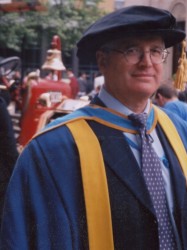BibTex format
@article{Sikdar:2019:10.1515/nanoph-2019-0317,
author = {Sikdar, D and Kornyshev, A},
doi = {10.1515/nanoph-2019-0317},
journal = {Nanophotonics},
pages = {2279--2290},
title = {An electro-tunable Fabry–Perot interferometer based on dual mirror-on-mirror nanoplasmonic metamaterials},
url = {http://dx.doi.org/10.1515/nanoph-2019-0317},
volume = {8},
year = {2019}
}

